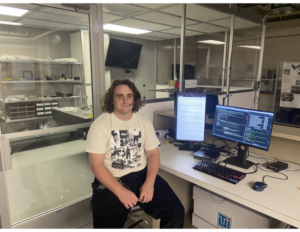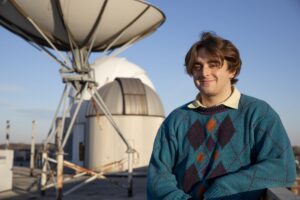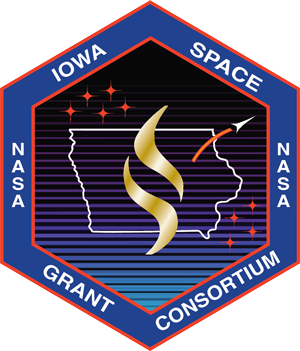 X-ray telescopes differ from optical telescopes in the sense that they must utilize grazing incidence mirrors to “skip” X-rays to the detector. To meet the performance requirements necessary to achieve NASA’s science goals, we must stack many thin (<1mm) X-ray mirrors together. However, thin mirrors are susceptible to stray loads, which distort the mirror and diminish its sensitivity. To address this problem, our group studies the fabrication and implementation of thin, adjustable X-ray mirrors. These mirrors are micro-electro-mechanical systems (MEMS) that utilize an array of addressable cells to correct distortions introduced in spaceflight and production. My research focuses primarily on the development and optimization of the algorithms used to correct the mirror distortions. These algorithms are essentially nonlinear, least-squares optimization solvers. I will use these algorithms to predict which voltages we must apply to each cell in order to optimize the performance of the mirror. We will then use these predictions to apply and measure corrections to a mirror prototype available to us at the University of Iowa.
X-ray telescopes differ from optical telescopes in the sense that they must utilize grazing incidence mirrors to “skip” X-rays to the detector. To meet the performance requirements necessary to achieve NASA’s science goals, we must stack many thin (<1mm) X-ray mirrors together. However, thin mirrors are susceptible to stray loads, which distort the mirror and diminish its sensitivity. To address this problem, our group studies the fabrication and implementation of thin, adjustable X-ray mirrors. These mirrors are micro-electro-mechanical systems (MEMS) that utilize an array of addressable cells to correct distortions introduced in spaceflight and production. My research focuses primarily on the development and optimization of the algorithms used to correct the mirror distortions. These algorithms are essentially nonlinear, least-squares optimization solvers. I will use these algorithms to predict which voltages we must apply to each cell in order to optimize the performance of the mirror. We will then use these predictions to apply and measure corrections to a mirror prototype available to us at the University of Iowa.
Jeff Leiberton – University of Iowa
Student: Jeff Leiberton, Undergraduate Student in Physics, Astronomy, and Mathematics, University of Iowa
Research Mentor: Casey DeRoo

Adjustable X-ray Optics: A New Technology for High Energy Astrophysics
2022-2023, Undergraduate
